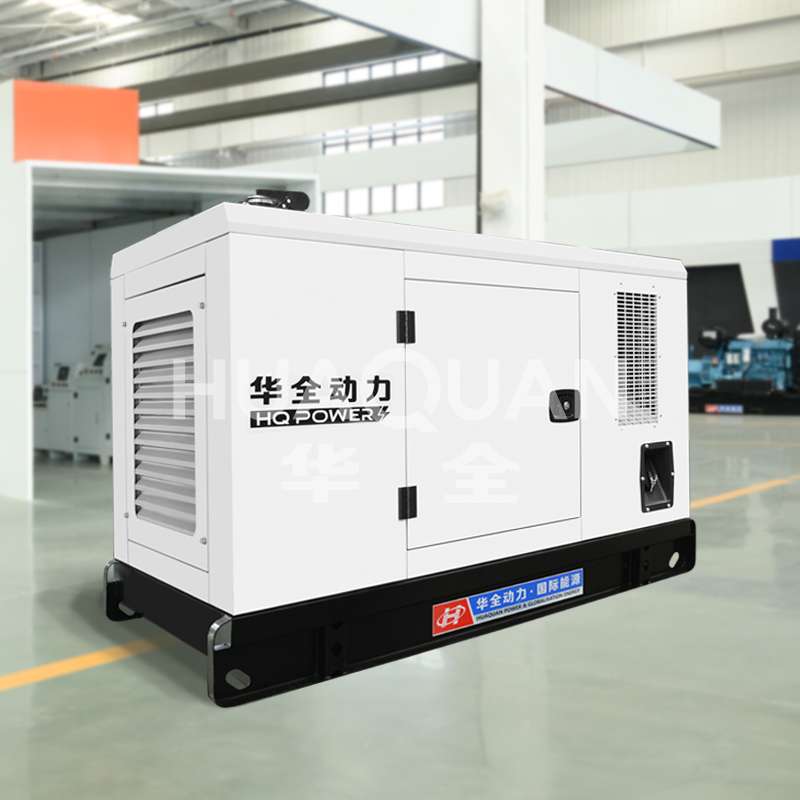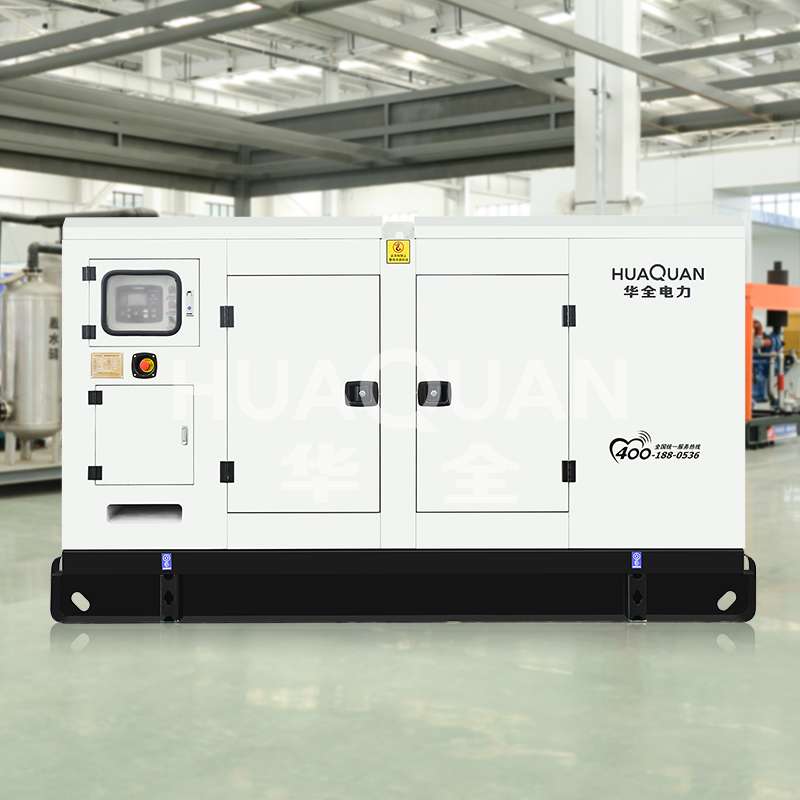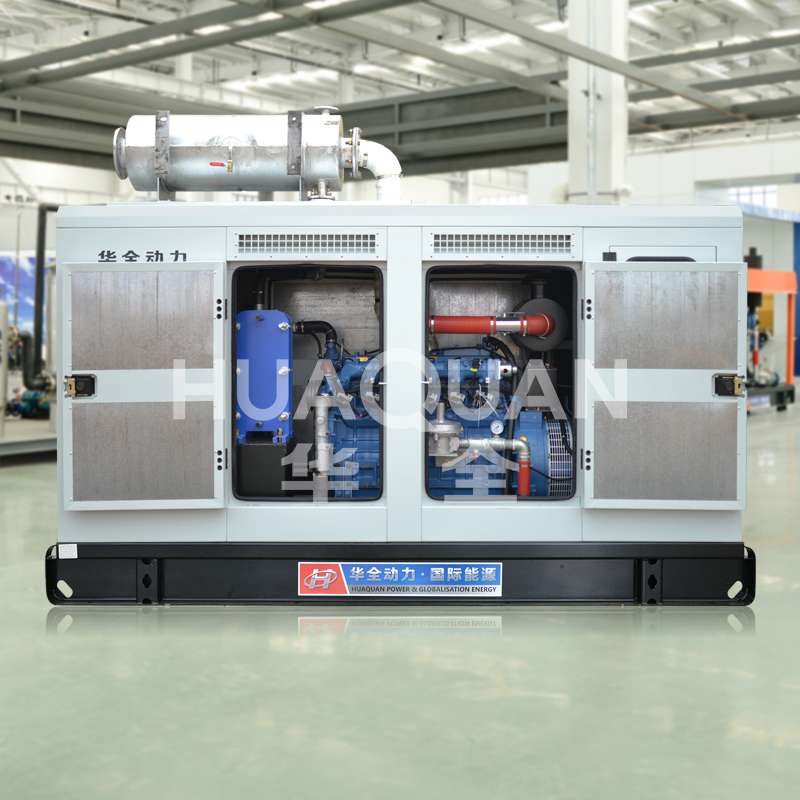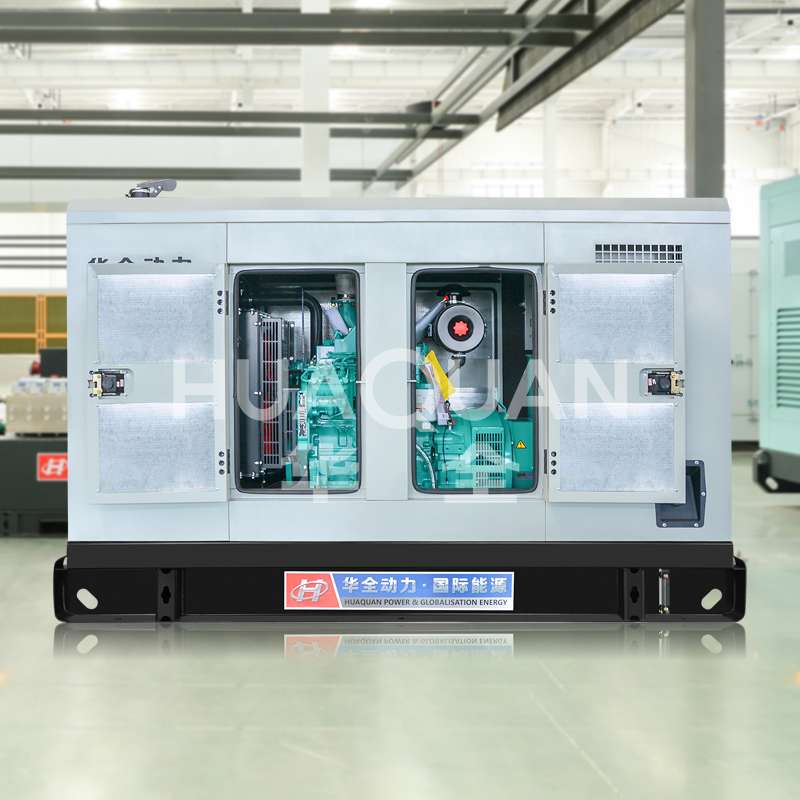The precautions for ventilation and heat dissipation in Silent generator mainly include optimizing ventilation design, arranging heat dissipation components reasonably, and so on. I hope the following introduction can provide users with reference.
1. Silent generator optimized ventilation design:
Ensure that the shell design of the Silent generator has sufficient ventilation holes to promote air circulation.
The radiator should be located as close as possible to the exhaust outlet to prevent the recirculation of hot air. When there is no airway, it is recommended that the distance between the radiator and the exhaust outlet should not exceed 150 millimeters.
The area of the exhaust outlet should be 1.5 times the exhaust area of the radiator, usually in conjunction with the radiator equipment's air duct and exhaust louvers.
The bending of the air duct should be done through appropriate bends, and if the pipeline is too long, the standard should be increased to reduce the exhaust back pressure.
The air inlet and outlet of buildings are generally equipped with louvers and grilles. When calculating the air outlet standard, the effective ventilation area of louvers and grilles should be considered.
2. Reasonable layout of heat dissipation components for Silent generator:
When designing and installing a silent diesel generator, components such as heat sinks and heat pipes should be arranged reasonably to increase the effectiveness of conduction and heat dissipation.
3. Silent generator maintains intake airflow:
The computer room must ensure sufficient air intake to supplement the air consumed for engine combustion, and to exhaust the large amount of heat emitted by the silent diesel generator set during operation through the radiator core outside the computer room.
The air inlet should adopt an inclined upper air intake method near the control panel of the silent diesel generator set, and be equipped with louvers and metal protective mesh curtains to prevent foreign objects from entering and ensure normal air convection.
To avoid the backflow of hot air, the air inlet of the unit should be kept as far away from the exhaust outlet as possible, and the air inside the machine room should be allowed to flow directly.
4. Regular cleaning and maintenance of Silent Generator:
Regularly inspecting and cleaning the radiator to remove external soil, oil stains, and internal scale can effectively improve the heat dissipation effect.
Perform regular maintenance and inspections according to the manufacturer's recommendations, including changing oil, cleaning air filters, checking fan operation, etc., to promptly detect and repair faults that may cause poor heat dissipation.
5. Silent generator uses high-quality coolant:
Choose high-quality coolant with anti-corrosion, anti boiling, anti freezing, and anti scaling properties, and ensure that it remains sealed during operation to prevent coolant leakage and evaporation.
6. Silent generator adjusts the tension of the fan tape:
Maintain moderate tension on the fan tape to ensure that the water pump speed is appropriate and promote coolant circulation.
7. Silent generator to avoid overload operation:
Try to control the load of the silent diesel generator as much as possible to avoid overloading operation, as overloading will increase the heat of the unit and affect the heat dissipation efficiency.
The movable air damper installed in the Silent Generator room should allow for the recirculation of airflow within the room, in order to heat the room during cooling and improve the effectiveness of the low-noise generator set.
More information on Silent Generator:https://sinogens.com/










